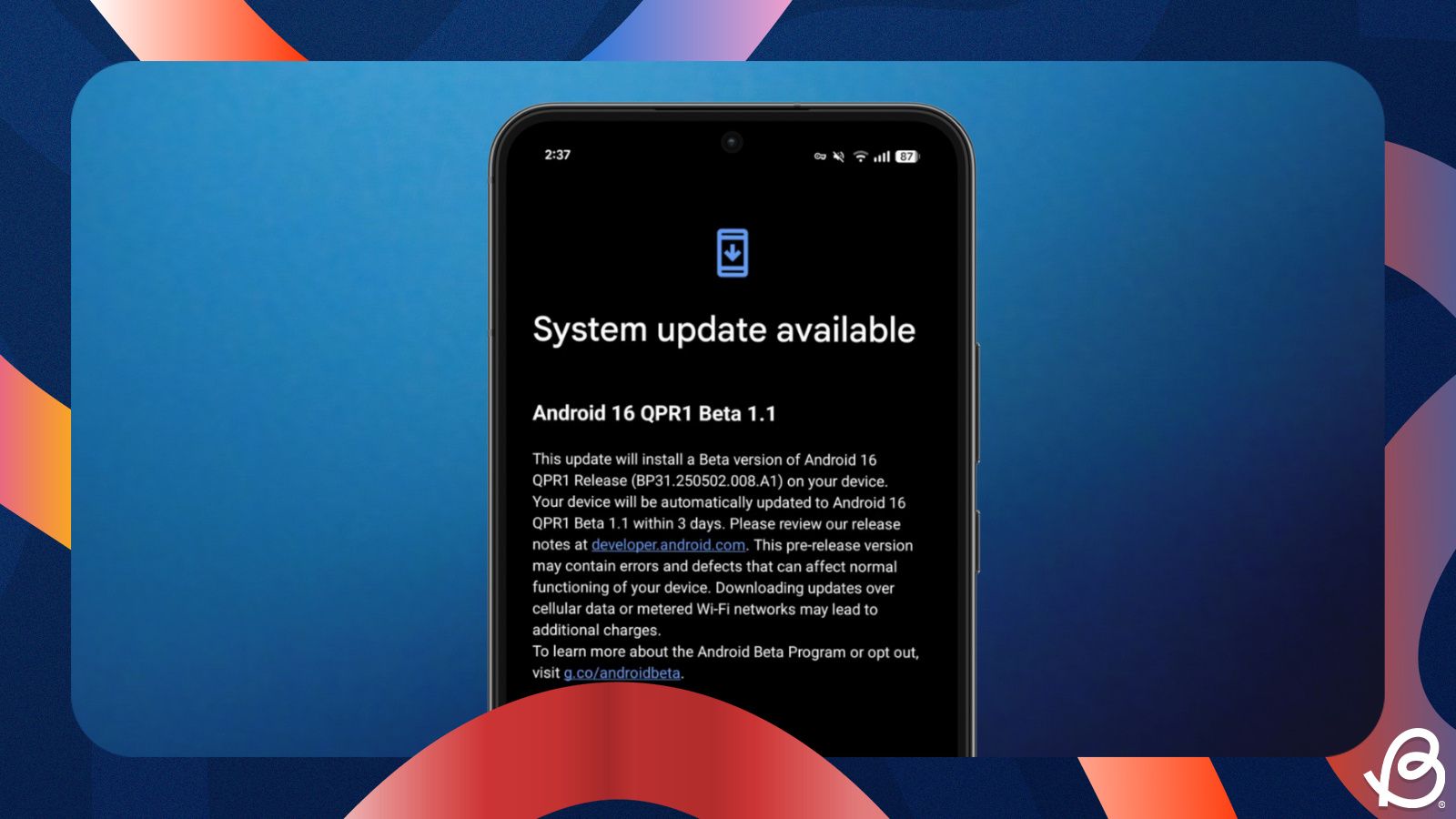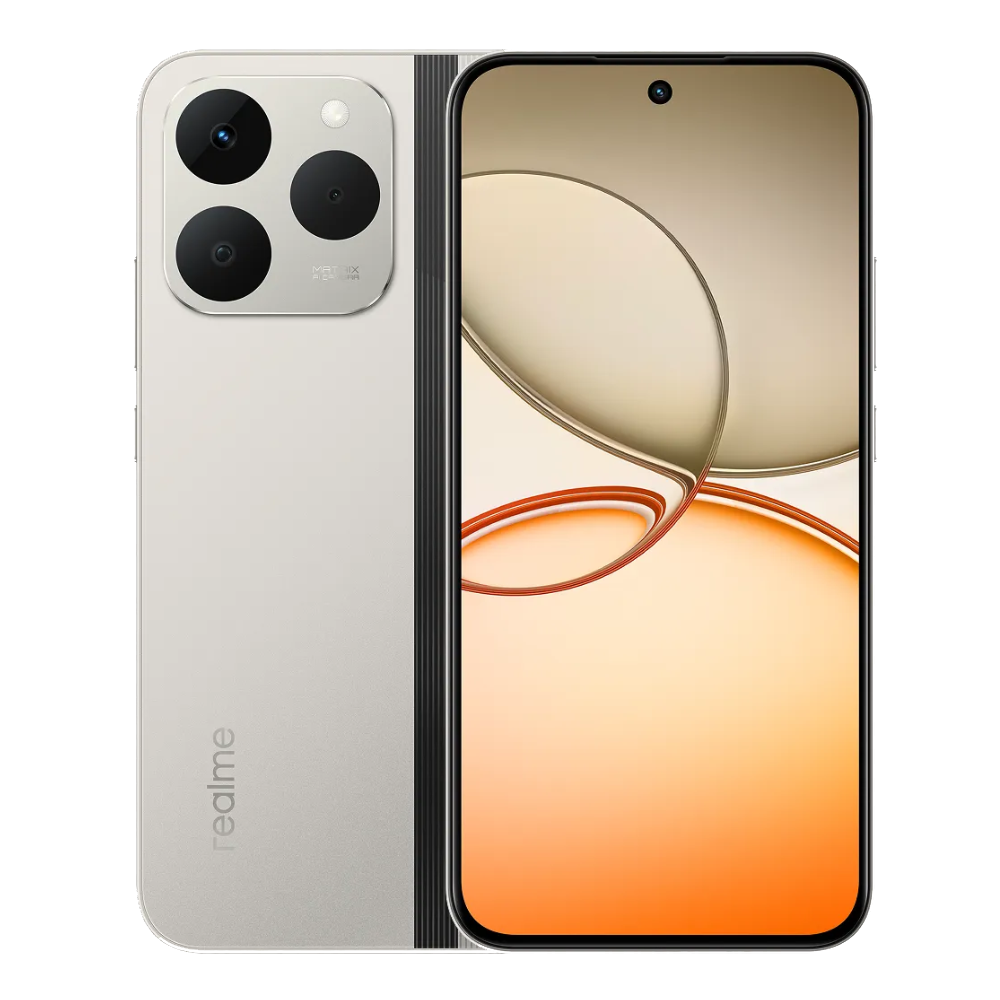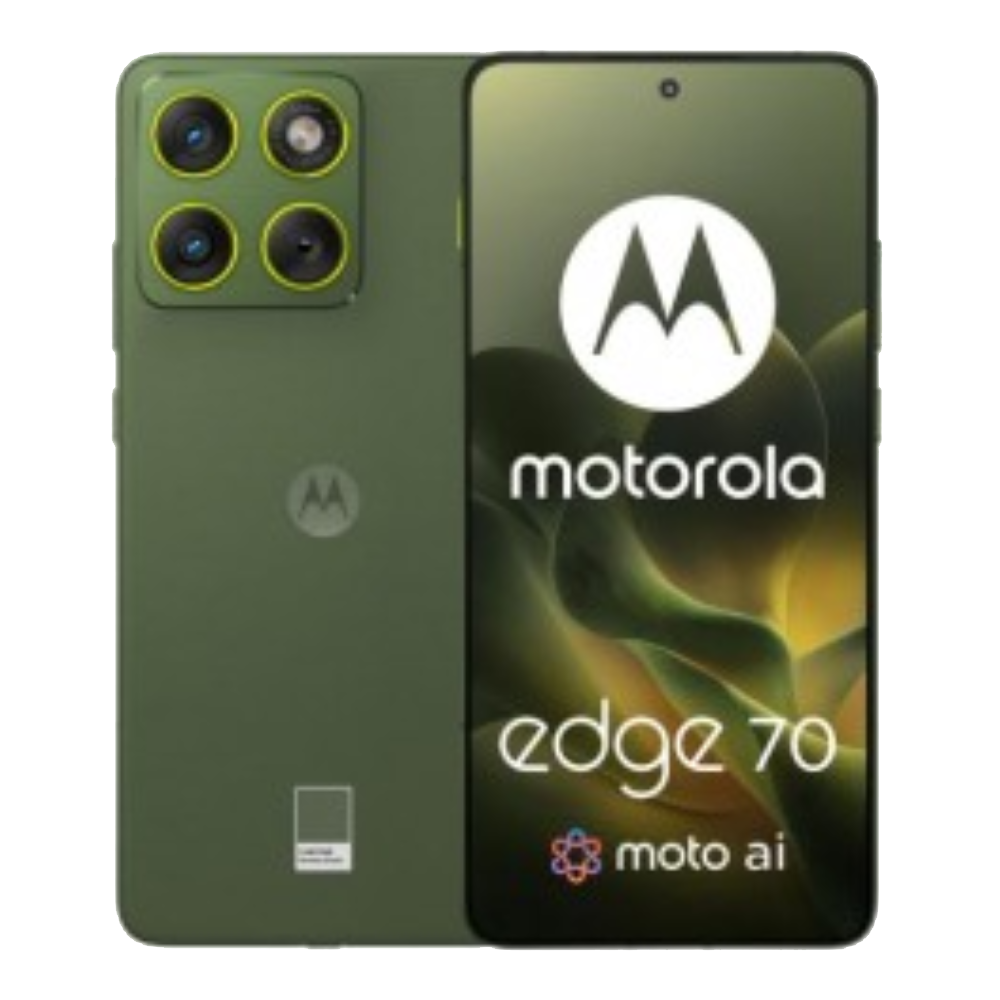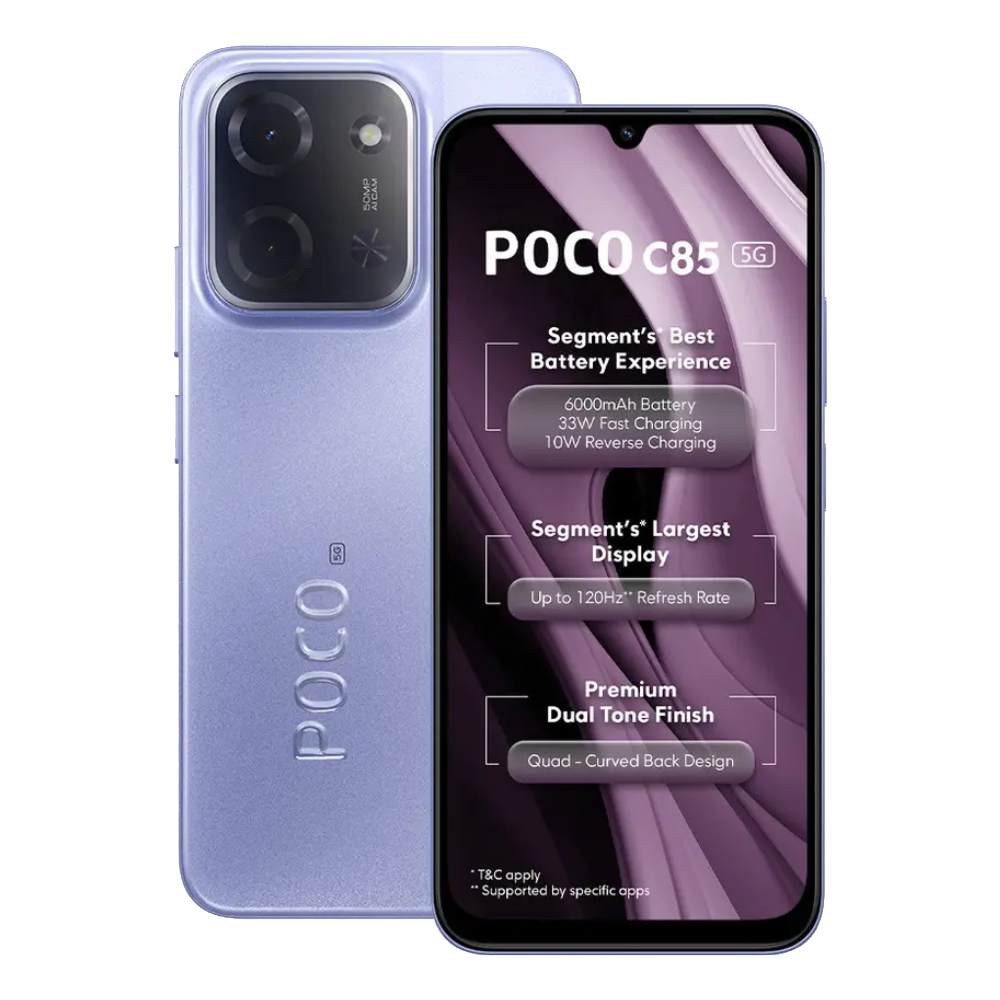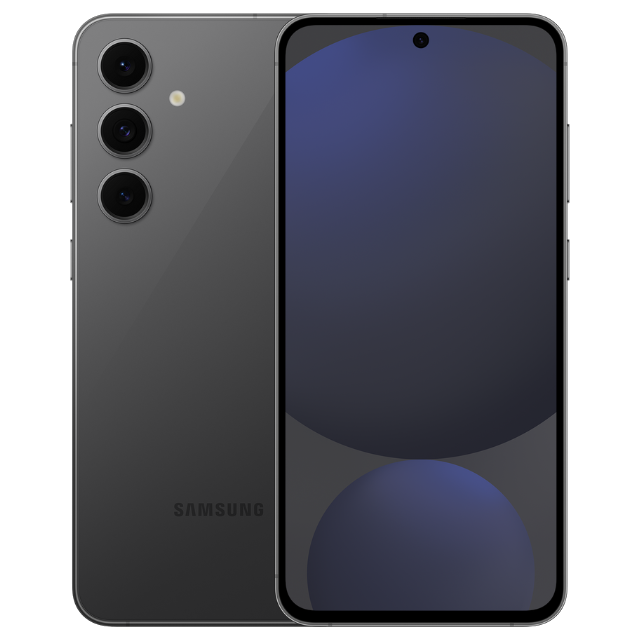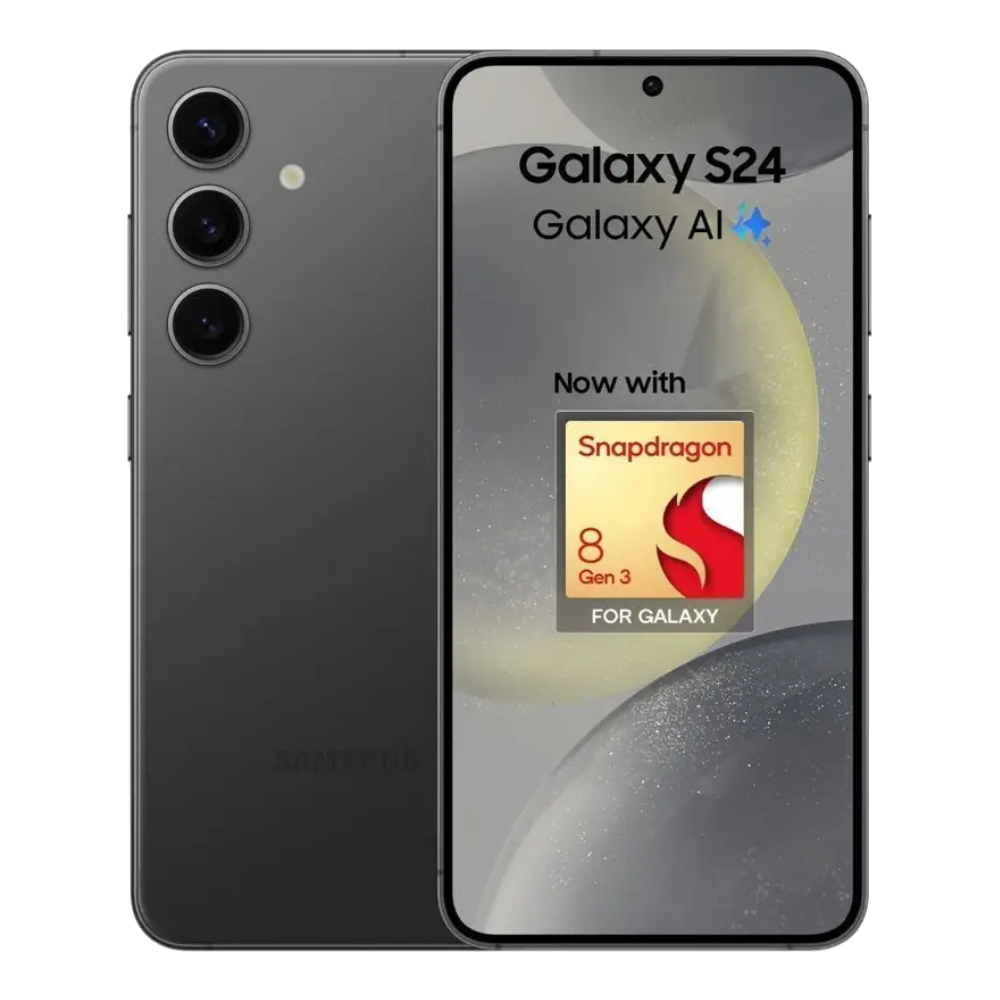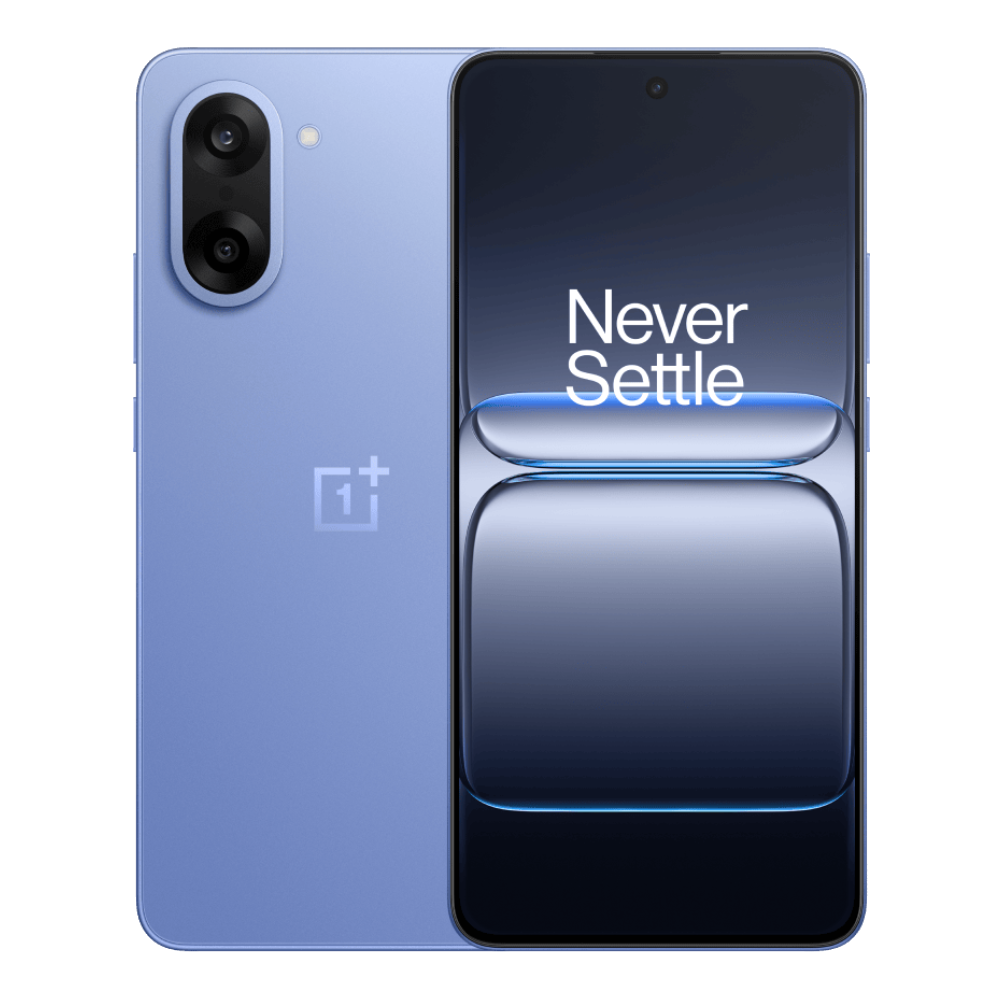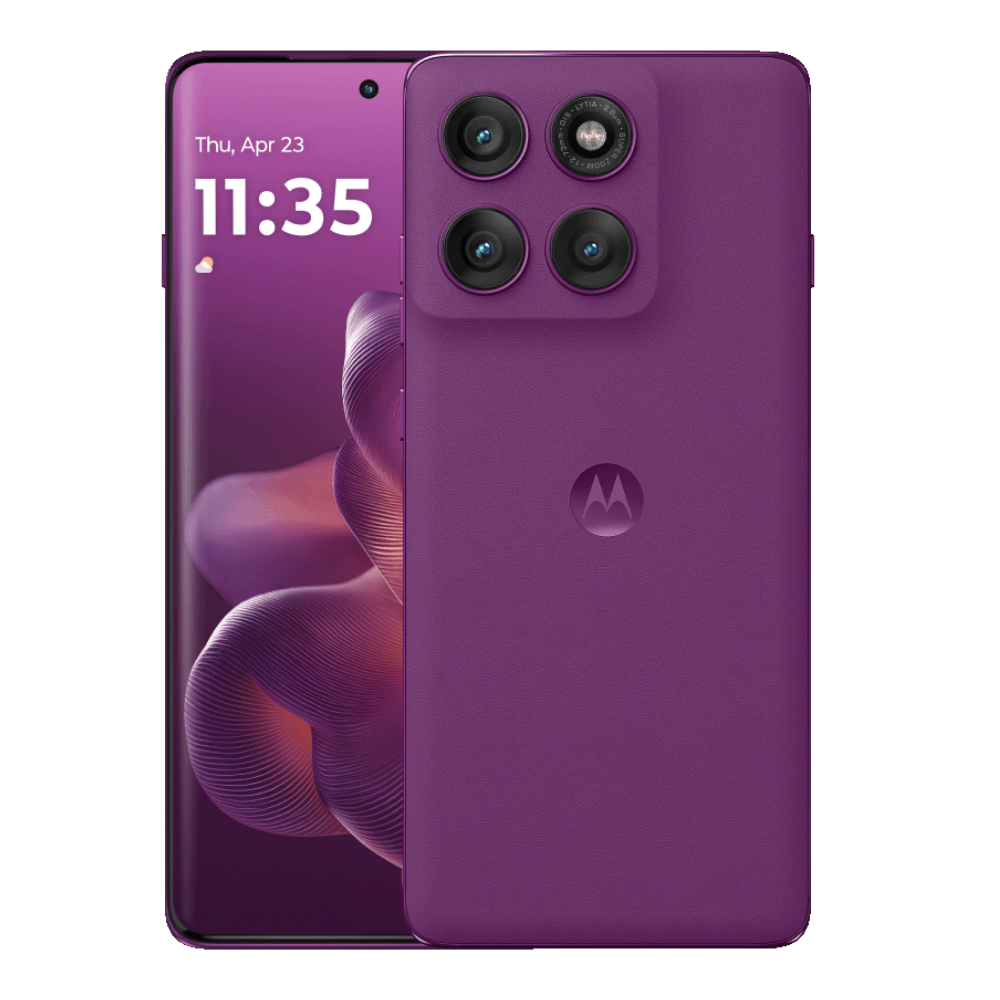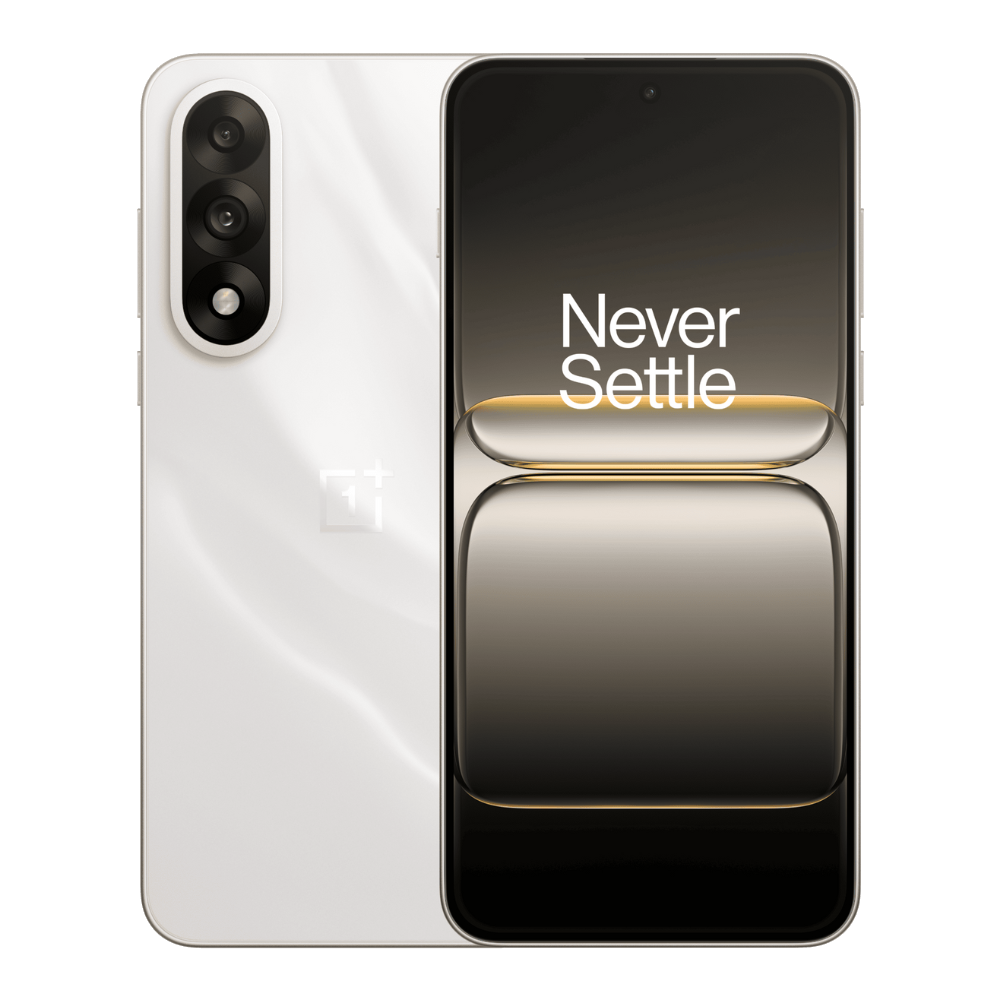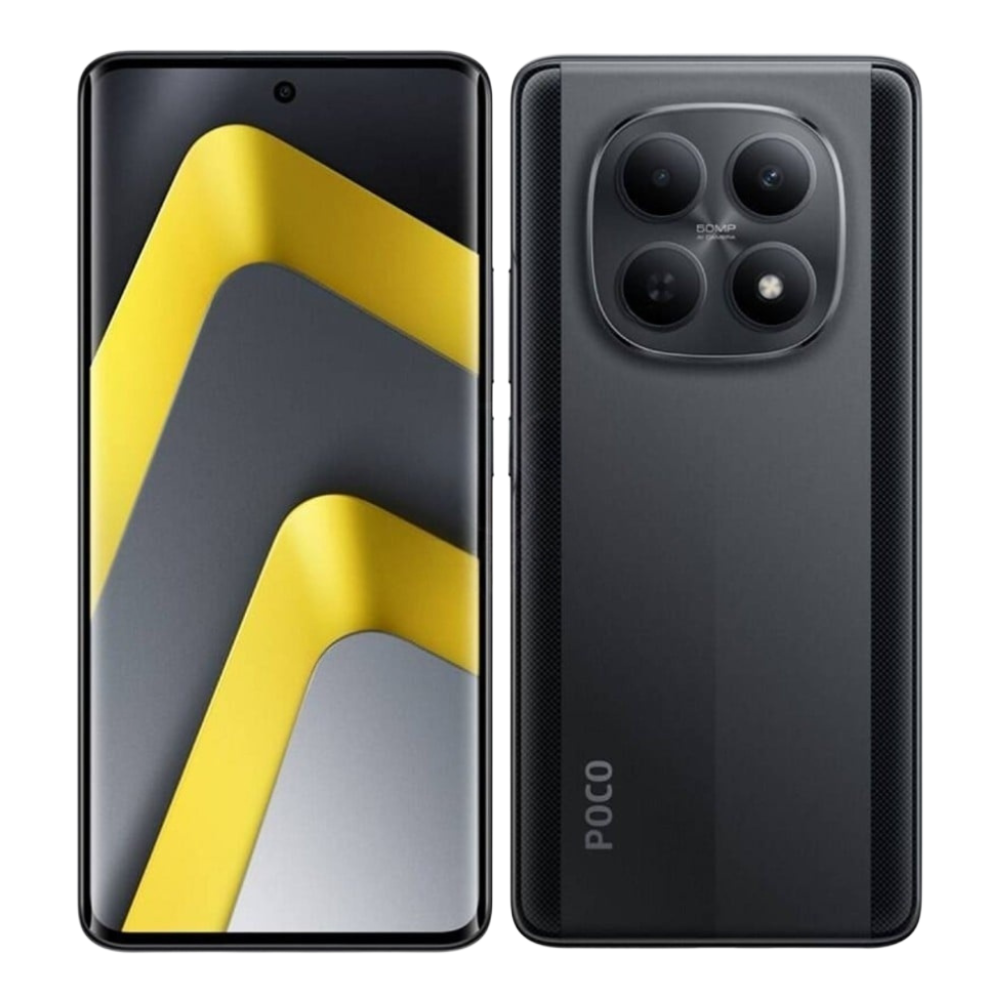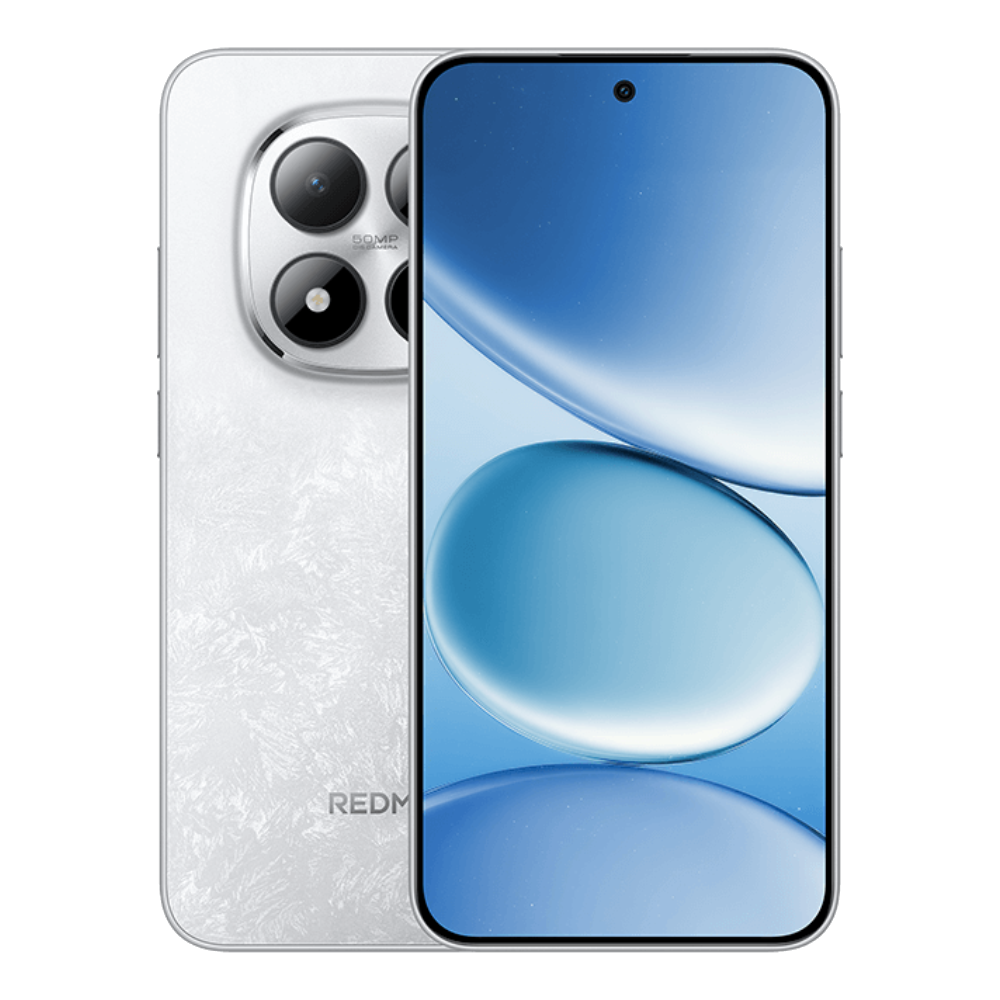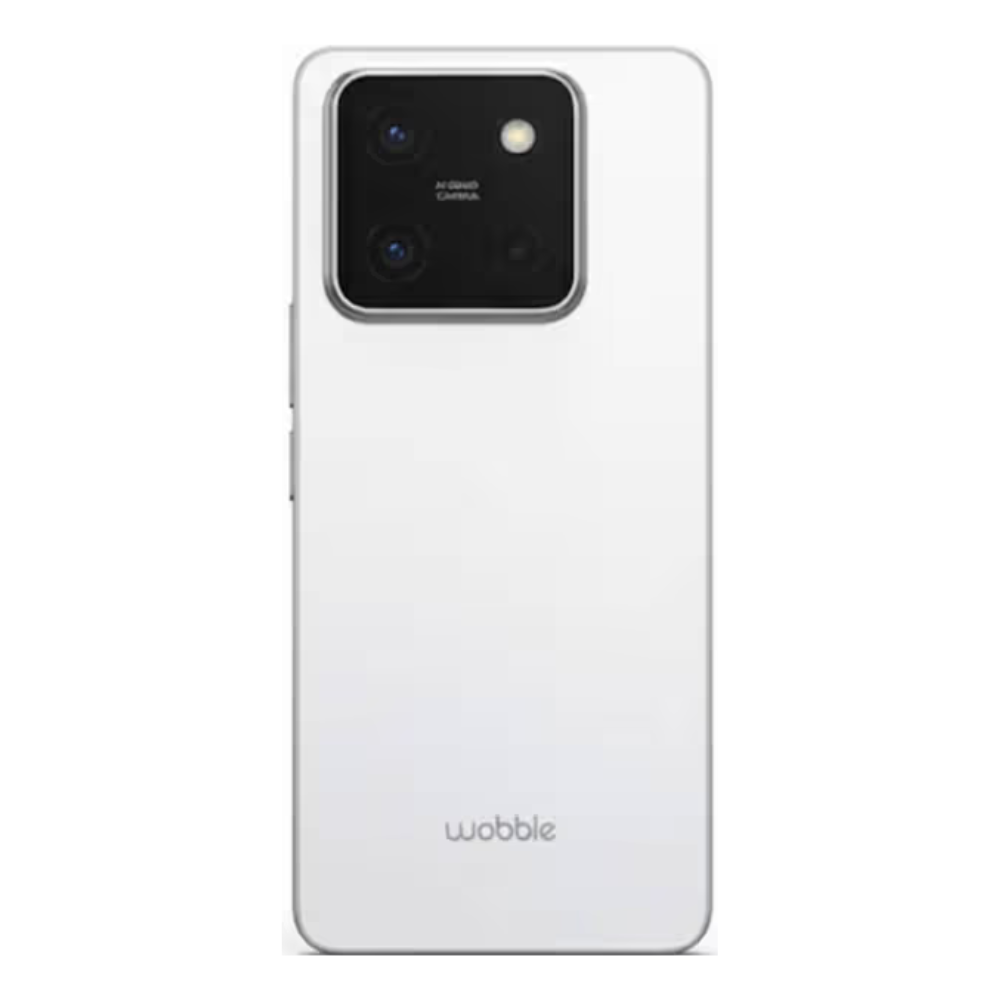Android is the most popular mobile operating system today, and it's taken it years to get to the polish and features that we see and use today. There have been over 20 Android releases so far, all bringing their own set of features and improvements, so it could get confusing when it comes to the dessert names, version numbers and release dates. Therefore, here's a list of all the Android versions ever released so far.
Android versions: A brief history
Android started off as a camera OS but was then acquired by Google and became a general phone operating system. The first device to run Android was the HTC Dream, AKA the T-Mobile G1, which launched with Android 1.0.
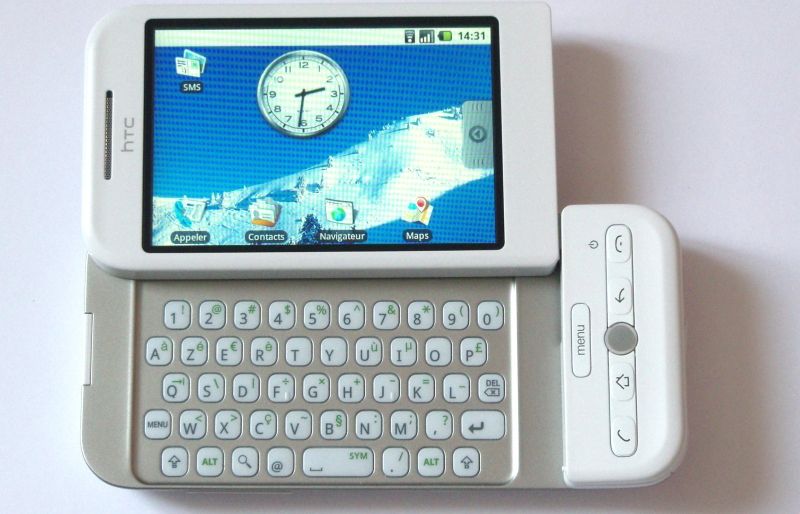
Android versions didn't initially have names until Android 1.5, which was called Cupcake. They continued to name the versions in alphabetical order using dessert names until the convention was dropped with Android 10.
Google still refers to Android versions with dessert names internally. For example, the latest version of Android, as of writing this, is codenamed "Baklava" for Android 16. The previous release was known as Android 15 (Vanilla Ice-Cream), before Google restarted from B for Android 16. Google and other OEMs make it easy to check what Android version is on your phone.
1
Android 1.0 to Android 1.1
1
Android 1.0 was released with the HTC Dream back in 2008, when the OS did not use dessert names. The OS brought several features that were considered revolutionary at that time, including Google's own suite of apps such as Gmail, Google Maps with Street View, Google Talk, and Android Market.
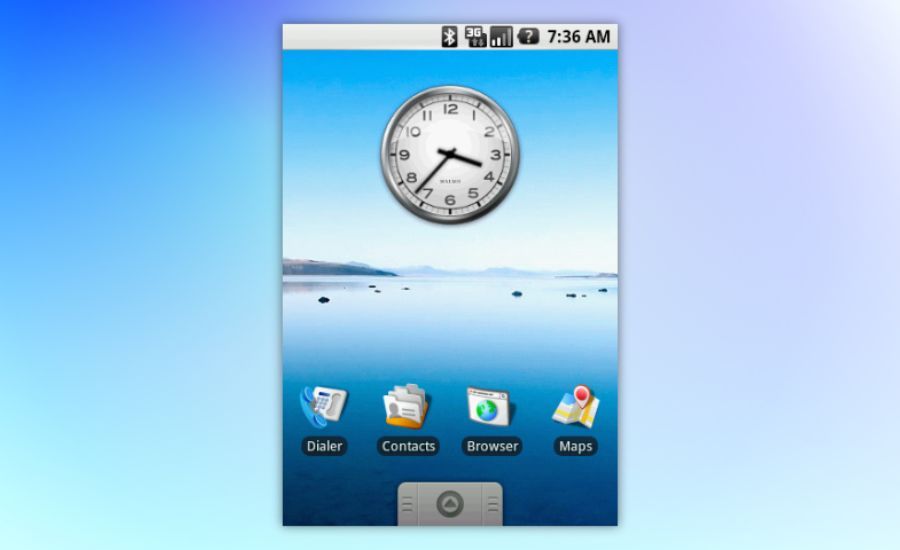
Android 1.0's UI choices still show in modern Android versions, like the pull-down notification shade. Although it lacked an on-screen keyboard, multitouch functionality and copy-paste capabilities.
2
Android 1.5 – Cupcake
2
Android 1.5 was the first Android version to be code-named after a dessert. It came out in 2009 and was called Cupcake. Android Cupcake was the first Android version to come with an on-screen keyboard and video recording functionality. It also introduced interactive Home Screen Widgets like Calendar, Clock and music player alongside support for third-party widgets, which many apps leveraged.
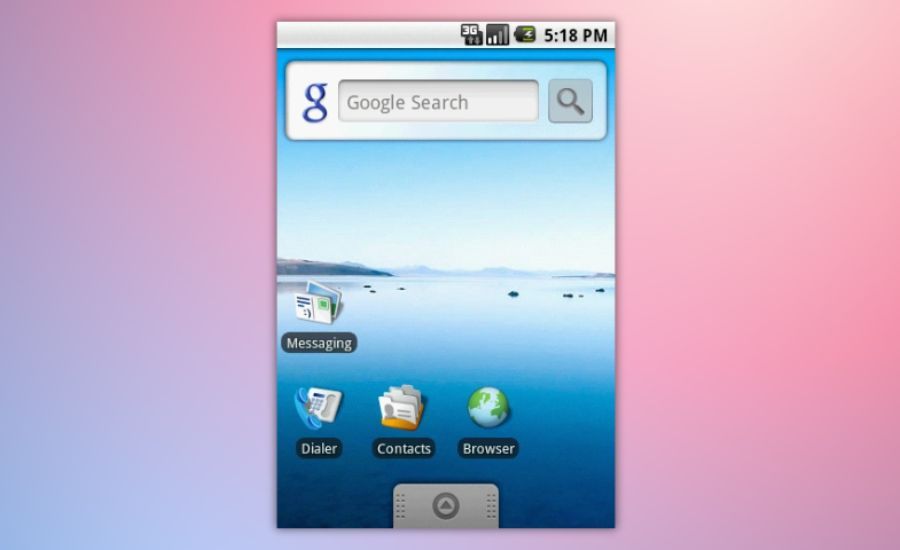
Besides, there were a host of improvements to the user interface and animations, including the addition of transition animations between screens and a much-polished user interface. There were significant changes to the UI framework, with a new appearance for buttons and checkboxes.
3
Android 1.6 – Donut
3
Released in 2009, the successor to Android Cupcake brought a host of changes, including a redesigned Android Market with more apps. Android Donut was the first Android version to support WVGA (wide VGA), i.e., screen resolutions of up to 800 x 480 pixels. Besides, it gave users the ability to delete multiple photos at once, and brought support for CDMA, VPNs and text-to-speech.
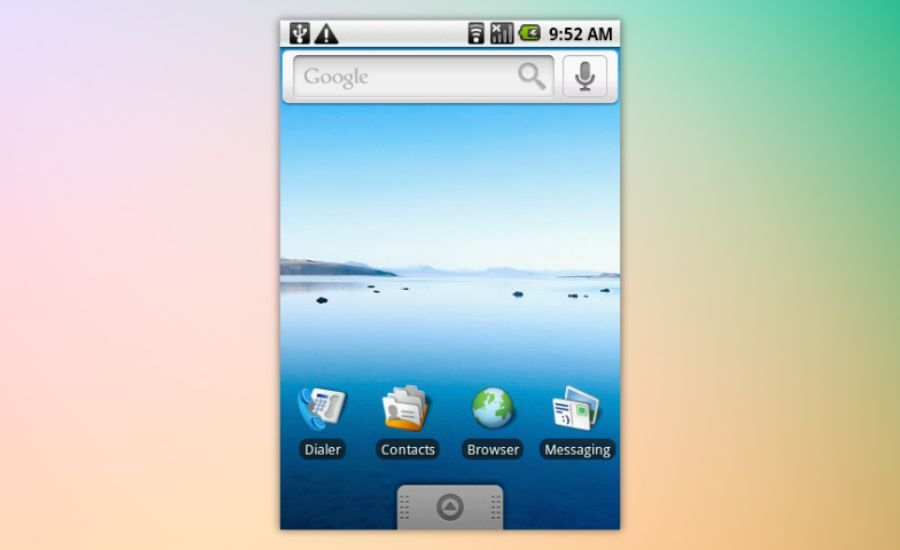
Other key features included a battery usage screen, which allowed users to see which apps were consuming the most power and a Universal Search option. It introduced a Quick Search box, letting users search across the phone and web all from one place. All in all, while not a huge release, it was one of the key Android updates that laid the foundation for better hardware support.
4
Android 2.0 to 2.1 – Eclair
4
Android Eclair had two releases, 2.0 and 2.1, and they were incremental releases which included bug fixes. However, a major feature addition that has a special place in every Android enthusiast's heart was Live Wallpapers. Remember the wallpaper with colourful lines travelling across the screen? Eclair added it.
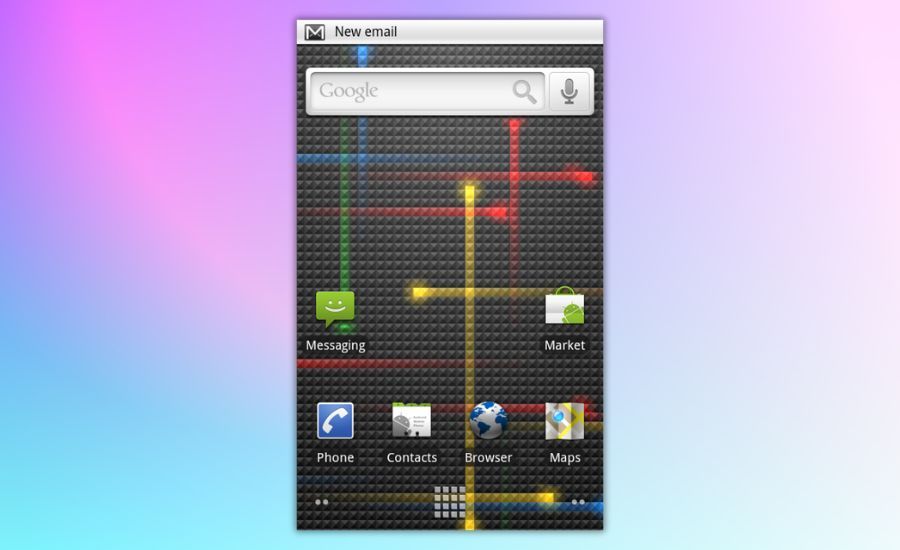
Besides, it also added a full-screen app drawer, revamped a few system applications like clock, gallery and introduced new apps such as News and Weather. Moreover, the Android Market now has more apps than ever. Android 2.1 added pinch-to-zoom, a feature we cannot imagine our lives without, and fixed minor bugs and glitches.
5
Android 2.2 – Froyo
5
Like most of the initial Android releases, Android 2.2 Froyo focused on performance improvements and faster application speeds via JIT (Just in Time) compilation. Besides, it included improvements to the Android launcher, added USB tethering and Wi-Fi hotspot features, and brought an updated Android Market with an automatic updates feature.
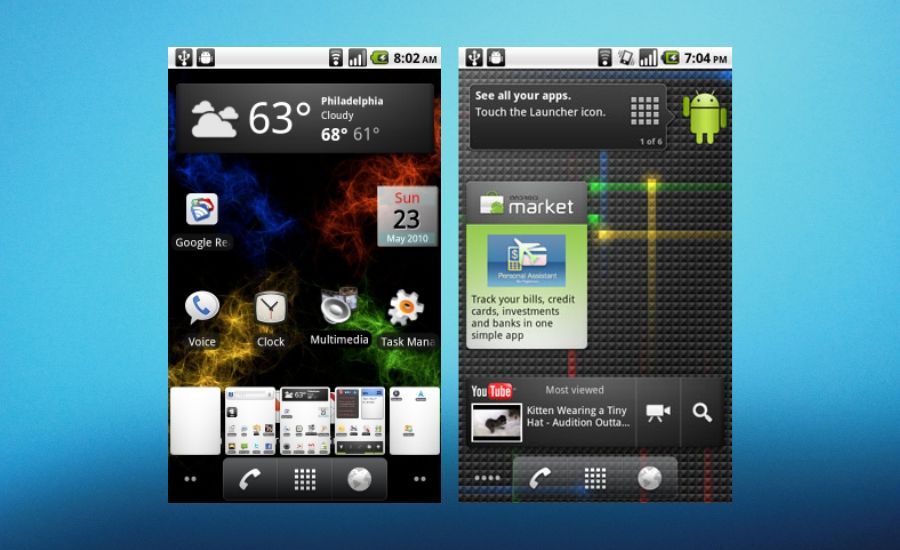
Froyo also included support for numeric and alphanumeric passwords and file upload fields in the browser. It also added the ability for the browser to show animated GIFs and added Adobe Flash support. Lastly, it added support for high-density displays of up to 320 PPI and up to 720p screens. All in all, it was not a huge release but paved the way for future releases and features.
6
Android 2.3 – Gingerbread
6
Gingerbread was released in 2010, and it was a considerably major release due to loads of UI changes. For starters, it was the first Android release to feature a dark mode, made especially for OLED displays. It also brought improvements to touch and keyboard responsiveness, alongside a more accurate autocorrection and better key spacing.
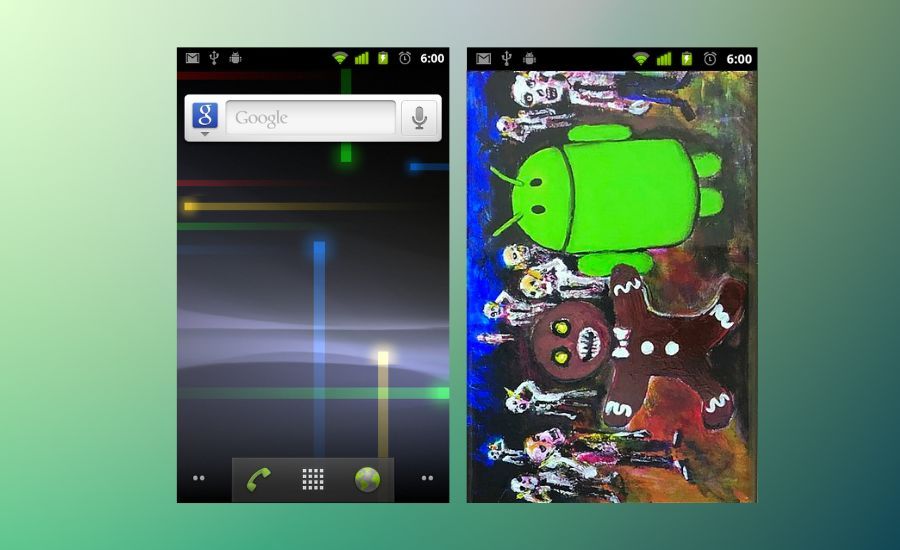
The release also introduced active management of apps that keep the device active and consume resources. While at it, it also allowed users to see all the running apps and end them manually to free up resources. Similarly, Gingerbread also gave users more control over applications using the Manage Applications shortcut that appeared on the launcher.
Some of the other features included Internal calling via SIP accounts and support for NFC tags. Finally, the release also brought a host of performance improvements with a concurrent garbage collector and updated video drivers.
7
Android 3.0 – Honeycomb
7
Android Honeycomb wasn't just another Android release; it was solely focused on tablets. For starters, it introduced a completely new UI with better multitasking, richer notifications, and more home screen customisations. There were up to five customisable screens on which you could place Widgets, App shortcuts, and have different wallpapers.
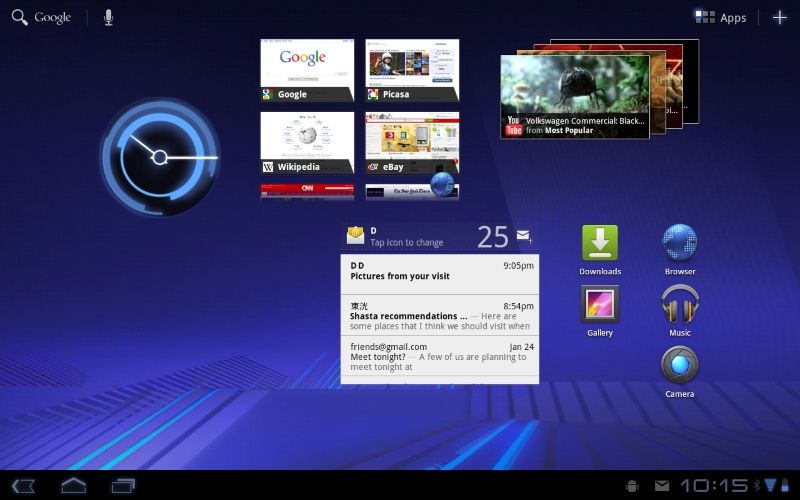
Honeycomb also introduced an Action Bar to go back, home, or open recent apps. It was tailored to have contextual options and widgets, making it a one-stop interactive feature to navigate your tablet.
Besides, some new features included improved text selection and copy and paste, updated Browser, Camera and Gallery apps, including Contacts and Email. Honeycomb finally added zest to tablets and made them productivity machines that could move closer to replacing a laptop.
8
Android 4.0 – Ice Cream Sandwich
8
Android 4.0 Ice Cream Sandwich unified Honeycomb and Gingerbread into one UI, just like Android 12 and 12L were unified in Android 13. The release introduced Holo, a sleek design language that replaced the skeuomorphic look with a much flatter and refined user interface.
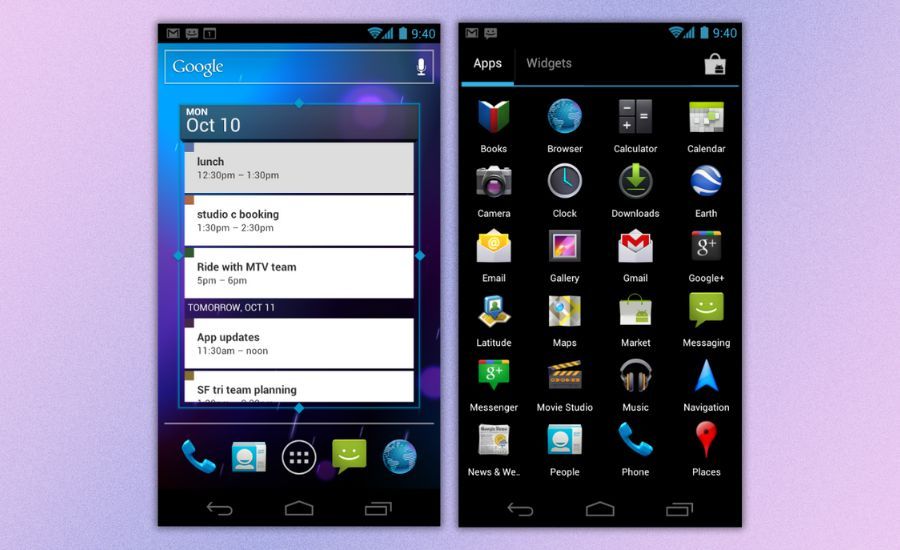
Besides, Ice Cream Sandwich was the first to introduce on-screen navigation buttons and a new multitasking view, alongside a new lock screen where you could swipe right to unlock and left to open the camera. It also introduced Home screen folders and a favourites tray.
Besides, the settings app received a major overhaul with the ability to adjust data usage and disable apps that you don't want to use. There was also a built-in photo editor, and the camera app received updates for continuous focus and zero shutter lag. It was also the first release to feature a single-motion panorama mode. Also, remember the background effects we use in Google Meet? Android 4.0 was the first to introduce them.
9
Android 4.1, 4.2 and 4.3 – Jelly Bean
9
If Android Lollipop was the point of massive change in Android, Jelly Bean was pretty much the catalyst for the same. It brought polish to Android from Ice Cream Sandwich, which included a more responsive and faster UI thanks to triple buffering and Vsync timing. Jelly Bean also introduced OpenGL ES 3.0, improving graphics performance. All in all, if Lollipop was the most aesthetic release, Jelly Bean made Android smoother with Project Butter.
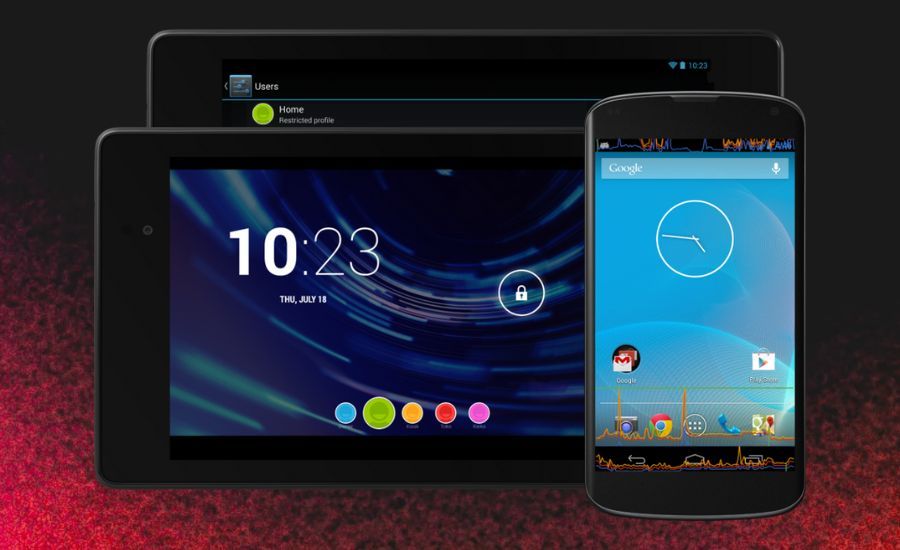
It also introduced initial support for Google Now, which was later improved in KitKat. Besides, Jelly Bean was ahead of its time with Lock Screen widgets, support for external displays, Android Beam, Expandable notifications, Restricted profiles and performance improvements in Bluetooth, making it one of the biggest Android releases of all time.
10
Android 4.4 – KitKat
10
The transition from Jelly Bean to KitKat was purely focused on helping devices with as little as 512 MB RAM run Android smoothly. This resulted in more budget smartphones using Android, thereby significantly increasing the market share of the OS. KitKat also polished Google Now, integrating it a bit more tightly with the system launcher.
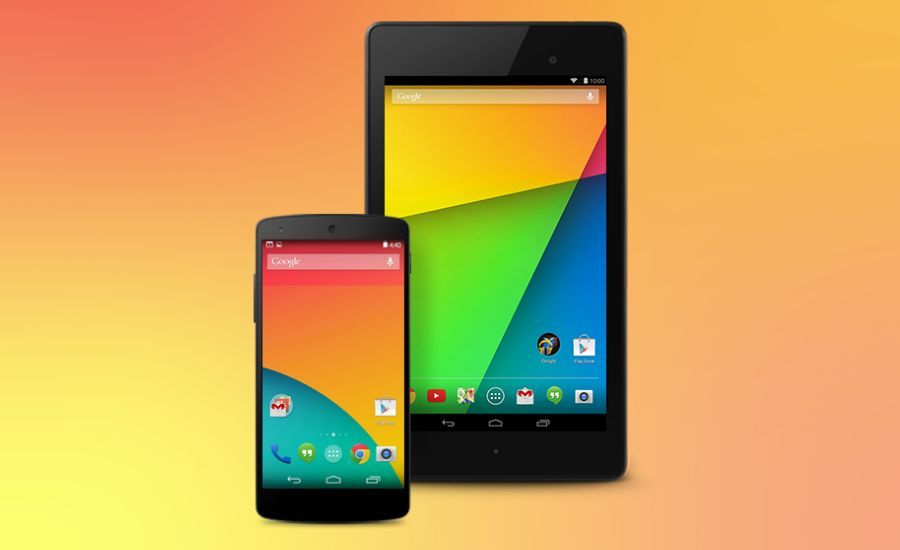
Besides, it also brought a redesigned Phone dialler with Caller ID, and the ability to search for nearby businesses using the same. The Caller ID pulled data from Google Maps to identify unknown numbers, which was neat. KitKat also brought new capabilities for NFC via Host Card Emulation. This meant any app on Android could emulate an NFC smart card, allowing users to make transactions with the app of their choice.
Lastly, Android KitKat introduced a Printing framework to make it easier to connect to printers and print with ease. It also added a full-screen immersive mode that hid the system elements. With the ability to use every pixel on the display, it tremendously helped users who consumed lots of content, like books.
11
Android 5.0 and 5.1 – Lollipop
11
Android Lollipop's arrival in 2014 marked a crucial step in modernising Android and making it incredibly appealing to the masses. With Android Lollipop, Google introduced Material design, a slick new UI with bold colours, layered elements and smooth animations.
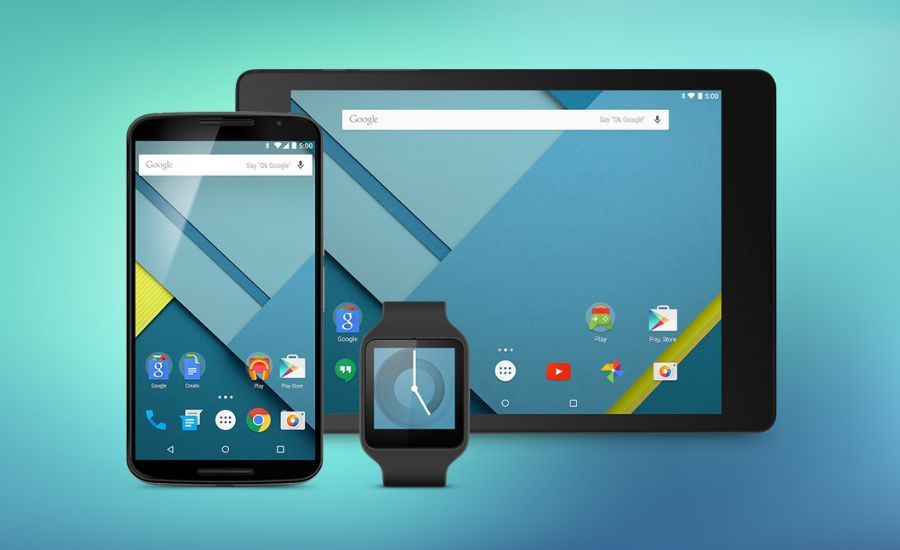
Unlike the inconsistencies in Android 12, which we will get to in a bit, Android Lollipop had UI changes all across the ecosystem, including tablets, watches and TVs, making it one of the most consistent releases in Android's history.
Android Lollipop introduced Heads Up notifications, a major feature that's widely used even today. Besides, Notifications also appeared on the lock screen. The release also introduced Battery Saver mode, a battery tracker to track battery use and ART, which replaced Dalvik, increasing app performance by a mile.
Lollipop also added initial support for Android TV and Android Auto, alongside featuring a seamless setup with improved syncing with the Google account. There was also a new Setup Wizard for a smoother onboarding.
12
Android 6.0 – Marshmallow
12
Released in 2015, Marshmallow focused on Privacy and battery improvements. It was the first Android version to introduce the app permission model, allowing users to select what parts of the system an app can access.
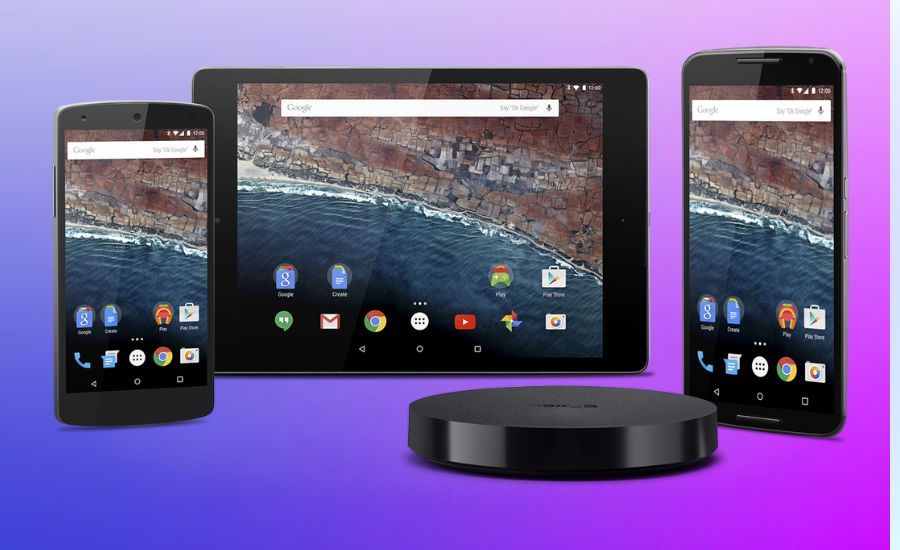
Previously, apps could access everything as soon as they were installed. Besides, Marshmallow also introduced Doze Mode, which puts Android devices into a deep slumber when not in use, increasing the standby battery life.
With fingerprint sensors getting adopted, Android Marshmallow introduced a Fingerprint API for apps like Android Pay (Google Wallet now) to use your fingerprint, which is much more secure.
Speaking of Android Pay, Marshmallow added the same as Google's default payment solution with tap-to-pay support and fingerprint authentication. Lastly, the release sets charge-only mode as the default for when connected via USB unless users explicitly change it.
13
Android 7.0 to 7.1.1 – Nougat
13
Android Nougat was yet another significant release in Android's history for a few reasons. It was the first to support split-screen multitasking so that users could use two apps side by side. Android Nougat also introduced grouped notifications, alongside the ability to customise Quick Settings and let developers create their own tiles. Besides, the update also introduced the Vulkan API to improve the overall gaming and app performance.
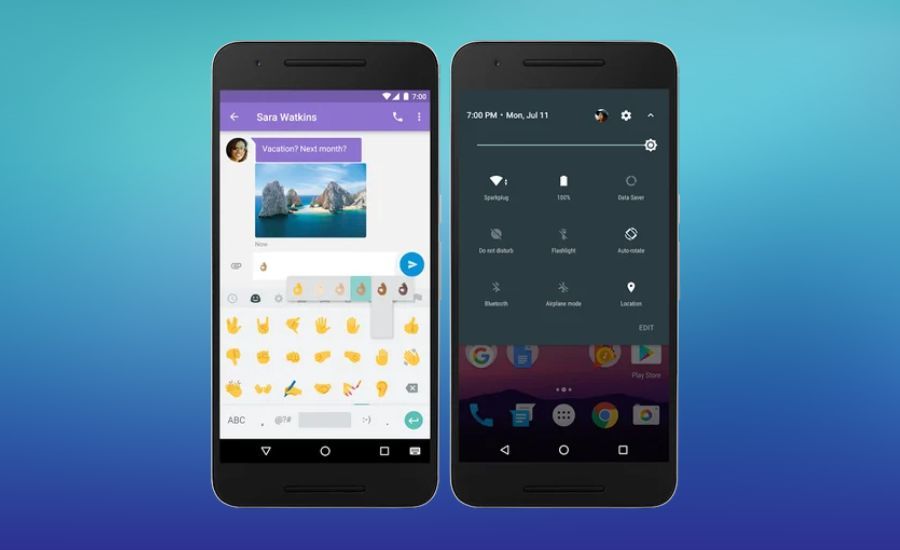
One of the other major improvements in Android Nougat was to Doze Mode. It was introduced in Android 6.0, but Nougat improved it further to greatly improve standby battery life. However, Nougat's most defining under-the-hood features were Seamless updates with A/B partitions and the introduction of Project Treble.
Pixels were the first to support Seamless updates, where the Android OS is divided into two partitions, A and B. When the device receives an update, it's installed on the other partition. You can still keep using the device, and after it's done installing, a simple reboot boots you into another partition with the updated Android version. This not only saved time but also ensured your phone would boot back to the previous OS partition if something went wrong.
14
Android 8.0 and 8.1 – Oreo
14
Released in 2017, Android Oreo is one of the best Android releases for a few reasons. For starters, it introduced Picture-in-picture, a feature that's widely used on Android devices even today. However, one of its redefining features was Notification channels, which introduced a more granular way to turn off only certain notifications. It's one of the most loved Android features today.
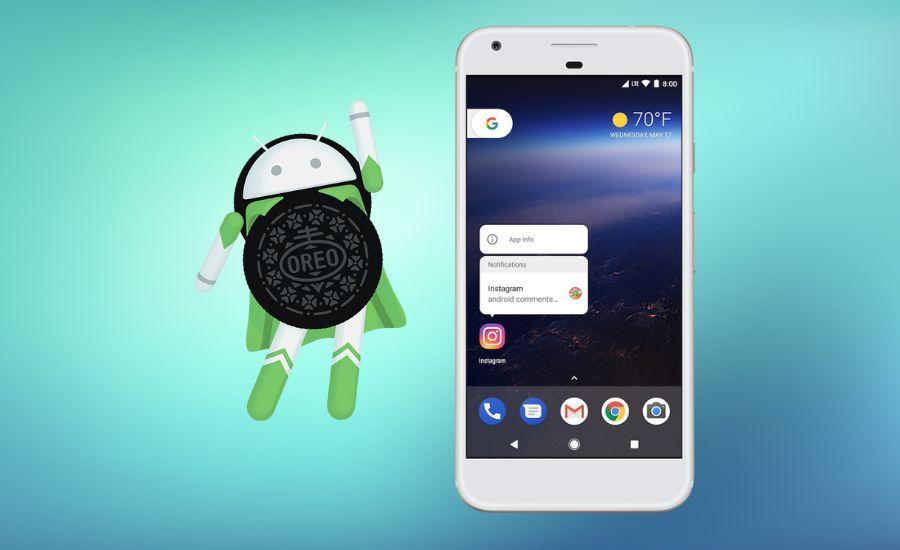
Some of the other standout features of Oreo included Notification dots, Autofill to automatically fill OTPs and passwords, Adaptive icons, new WebView features and more. Android 8.0 also had a Go edition, which was made for budget devices with slower hardware, including Go edition apps like YouTube Go, Google Go and more. Android Oreo also made displays more colourful with support for wider colour gamuts.
15
Android 9.0 – Pie
15
Android Pie was the last Android version to be named after a dessert, and it featured both aesthetic changes and new features that made it a generous release. For starters, Android Pie came with a new Material Design with slightly rounded corners and new gesture navigation, inspired by the removal of the home button on iPhone X.
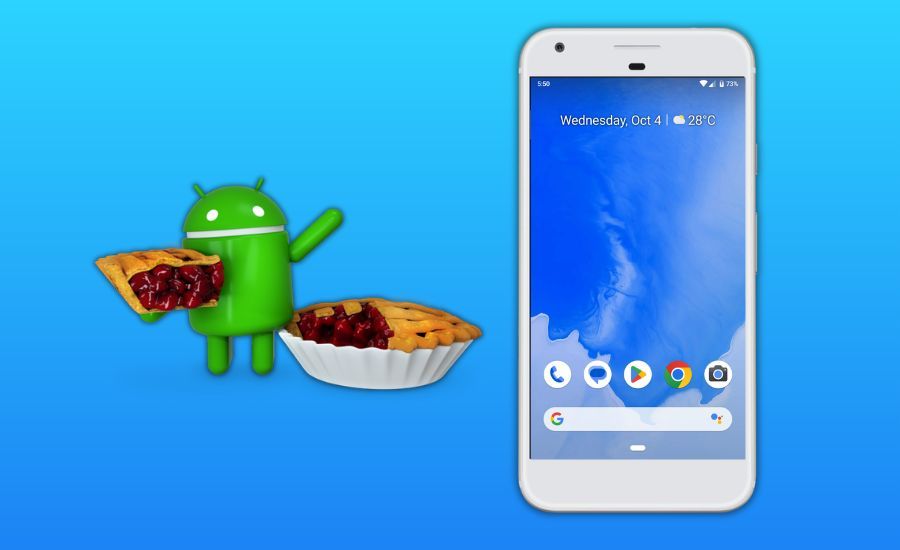
Besides, Android 9.0 also brought an intelligent Adaptive Battery feature, which limits battery usage for the apps you don't use that often. It was accompanied by Adaptive Brightness. Lastly, Android Pie also featured smart App Actions powered by AI to predict what you want to do based on your usage and smart text selection from recent apps.
16
Android 10 – Quince Tart
16
Android 10 was the first Android version that was not named after a dessert. Like Android Pie, it was a significant update with features like Live Captions and a built-in native dark theme option. Moreover, Android 10 separated key parts of the OS as a part of Project Mainline, meaning Google could push updates to only certain components of the devices without relying on manufacturers.
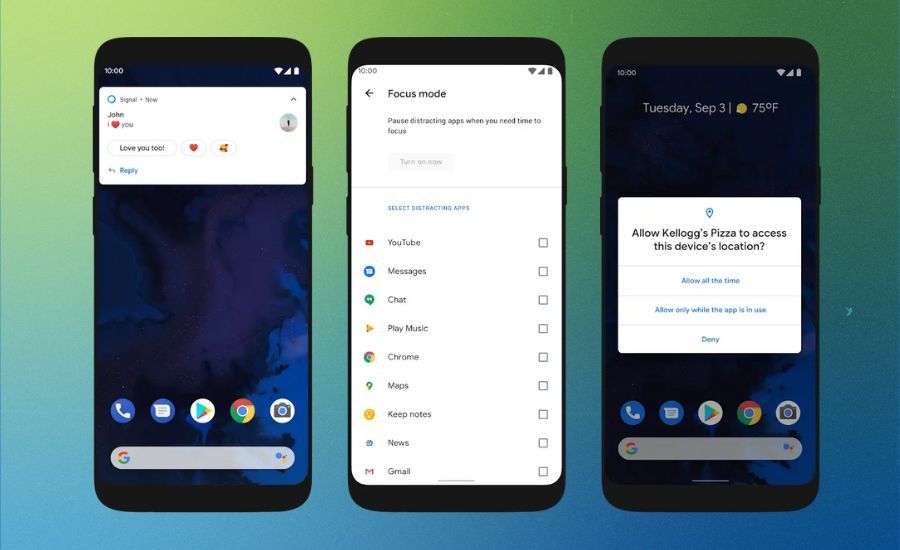
Android 10 was also the first to introduce Digital Wellbeing, a feature that's still at the core of Android. It also transitioned from the pill-based gesture navigation to a more modern take, making it slightly easier to switch between apps, go back, or access the recent apps. The release also added improvements to Adaptive Battery and a dedicated Privacy option in Settings to access all the Privacy-related features from one place.
17
Android 11 – Red Velvet Cake
17
Android 11 was the second iteration of Android after Google got rid of the dessert naming scheme. It was a considerable update and helped shape Android into what it is right now. It was also one of the last updates before Google started focusing Android releases more toward Pixel devices than all Android devices.
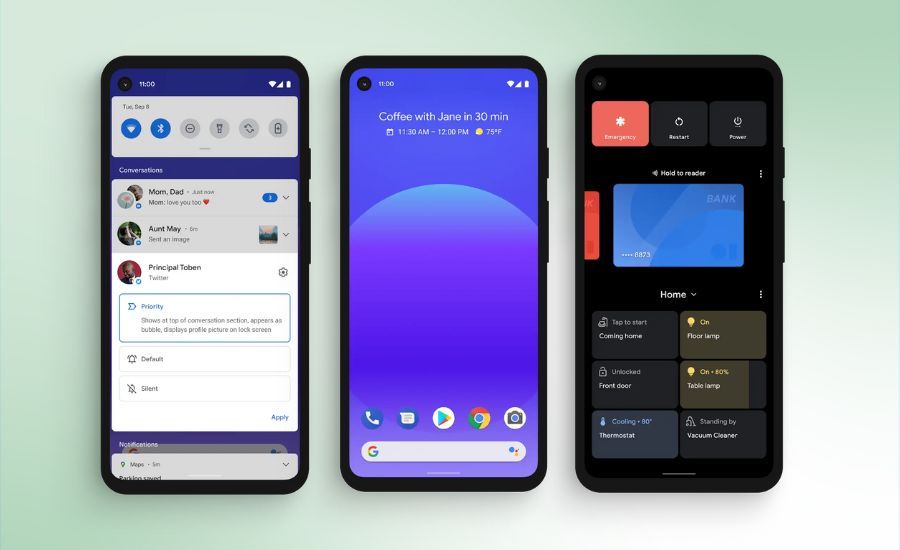
Some of the standout features of Android 11 were app bubbles, priority notifications, smart replies, media controls, wireless Android Auto and a bunch of privacy features like one-time permissions and permissions auto-reset.
However, the biggest feature of all was native screen recording. Android 11 also made it easier for users to select text and photos to share them across apps instantly. There was also a unified interface which hosted payment cards, a home interface, and the power menu.
18
Android 12 – Snow Cone
18
Android 12 was arguably one of the most anticipated Android releases since Lollipop and Oreo, because it was expected to bring a brand-new user interface with Material You. However, it turned out to be one of the buggiest Android releases during its release. Moreover, Material You's new design changes were half-baked and inconsistent across the UI, and it left users asking for more.
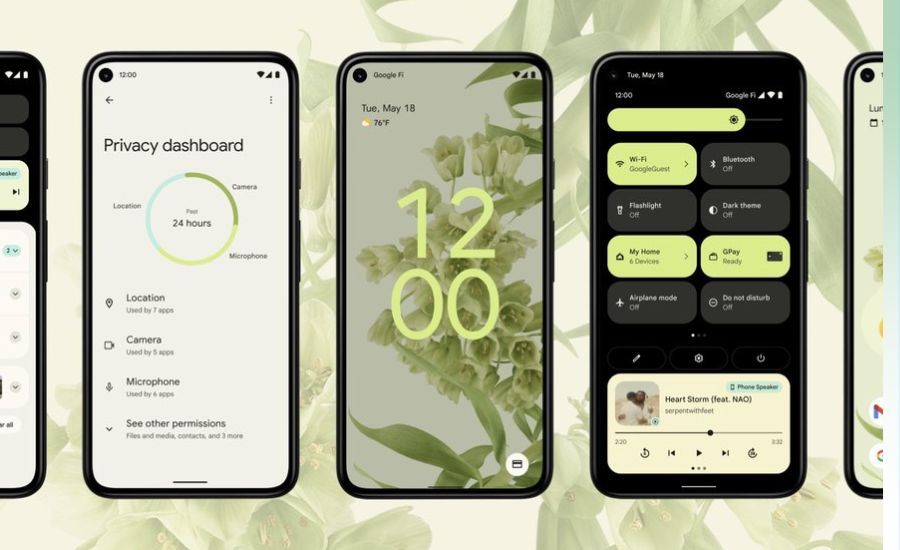
Android 12 brought tons of new security and privacy features and improvements, including Microphone and Camera indicators. It also brought the ability to set approximate locations, Microphone and Camera toggles, clipboard access notifications, Privacy Dashboard, Secure Lockscreen notification actions and more. Besides, it also added automatic app updates and improved refresh rate switching.
Lastly, Android 12 also added Game mode, the ability to tune haptics, visual improvements to widgets, and better gesture navigation. Overall, Android 12's criticism has a lot to do with Google having a lot on its plate, having a hard time managing both visual changes and core features, which made it a rough release.
19
Android 13 – Tiramisu
19
Android 12 received lots of criticism for not being stable enough, and the trend continued with Android 13. Although Google was quick to fix the bugs and stability-related issues, Tiramisu was a bit too incremental to be called a major Android release. Naturally, Google faced criticism for not expanding on Material You and still offering a half-baked experience.
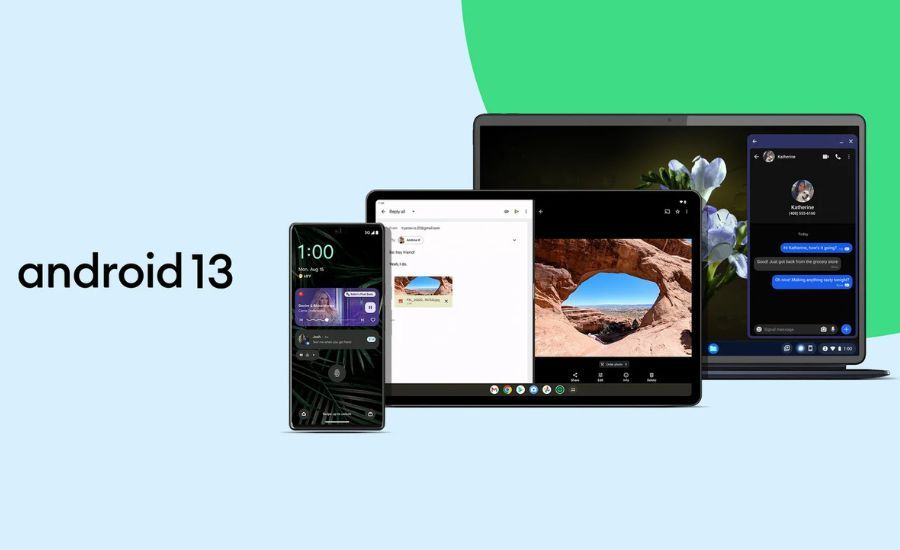
Some Android 13 features included Themed app icons, per-app language preferences, and the initial introduction of Predictive back gestures. Then there was the Photo Picker that let users limit the photos the apps can access, and the biggest feature of all, Android 13 significantly improved the Android experience on tablets, offering better multitasking. Lastly, the Clipboard preview feature helped users edit the copied content before pasting it.
20
Android 14 – Upside Down Cake
20
After Android 12 and 13 were met with criticism about not being stable enough, Google released Android 14, offering a more polished experience. It was considered an incremental update over Android 13 but featured significant features like Credential Manager and a wider photo picker roll out Besides, the update also improved battery consumption and added new Lockscreen customisations to Pixels.
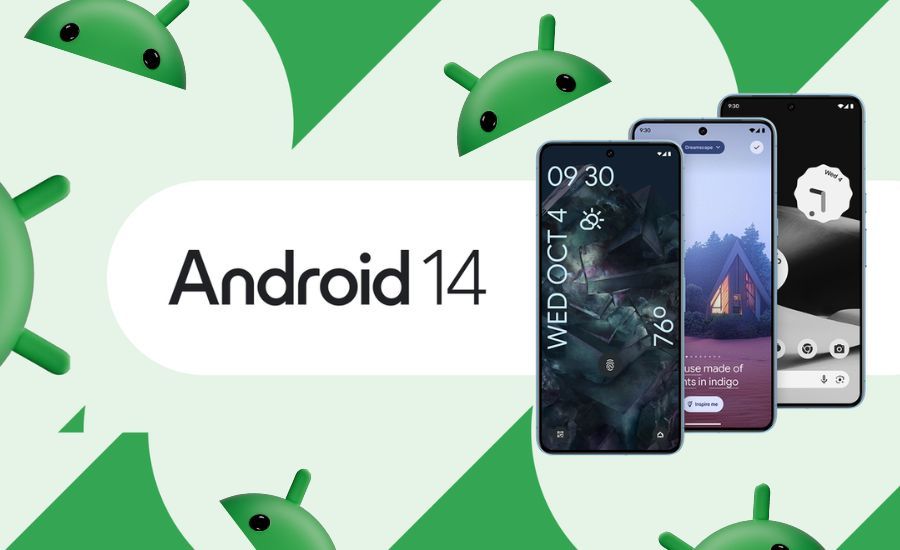
Some minor additions included generative AI and cinematic wallpapers, separate ring and notification volumes, and auto-confirm lock on Pixels. Again, Android 14 was not a huge update, but it did play a considerable role in shaping Android into what it is right now.
21
Android 15 – Vanilla Ice Cream
21
Released in November 2024, Android 15 brought a host of improvements from Android 14, but wasn't exactly considered a huge release. The update brought new features like Private Space, Split screen app pairs and app archiving, including new Health Connect features and Satellite Messaging on supported Pixels.
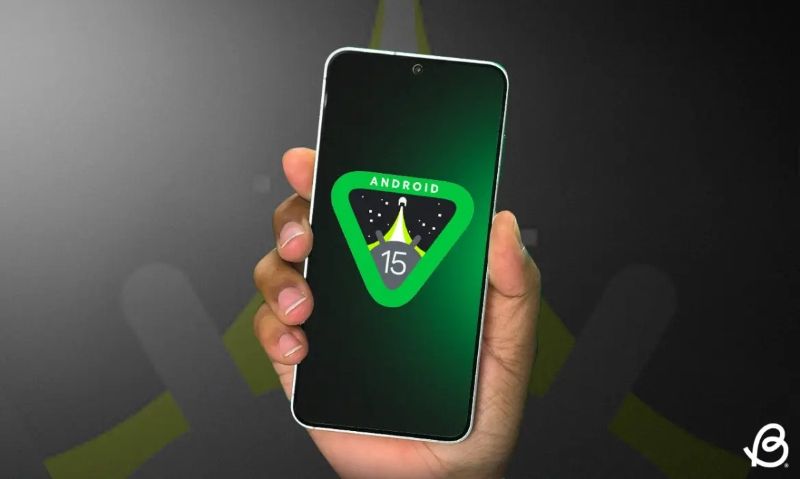
Besides, it also added widget suggestions and the biggest feature of all, the ability to use your phone's camera as a webcam. Screen recording got a decent boost with the ability to record a single app alongside screen recording detection, allowing apps to detect if the screen recorder is active. Vanilla Ice Cream wasn't a huge update visually, but it was a stepping stone in improving Android's privacy features.
22
Android 16 – Baklava
22
Android 16 is the latest iteration of Android, and it's one of the biggest Android updates and revamps in years. For starters, it brings new Material 3 Expressive features, which completely revamp the user interface with pretty animations, eye candy design elements, and new features. Android 16 features like Advanced Protection Mode also make it to other phones. The feature helps lock down certain features on your Android phone to protect your data.
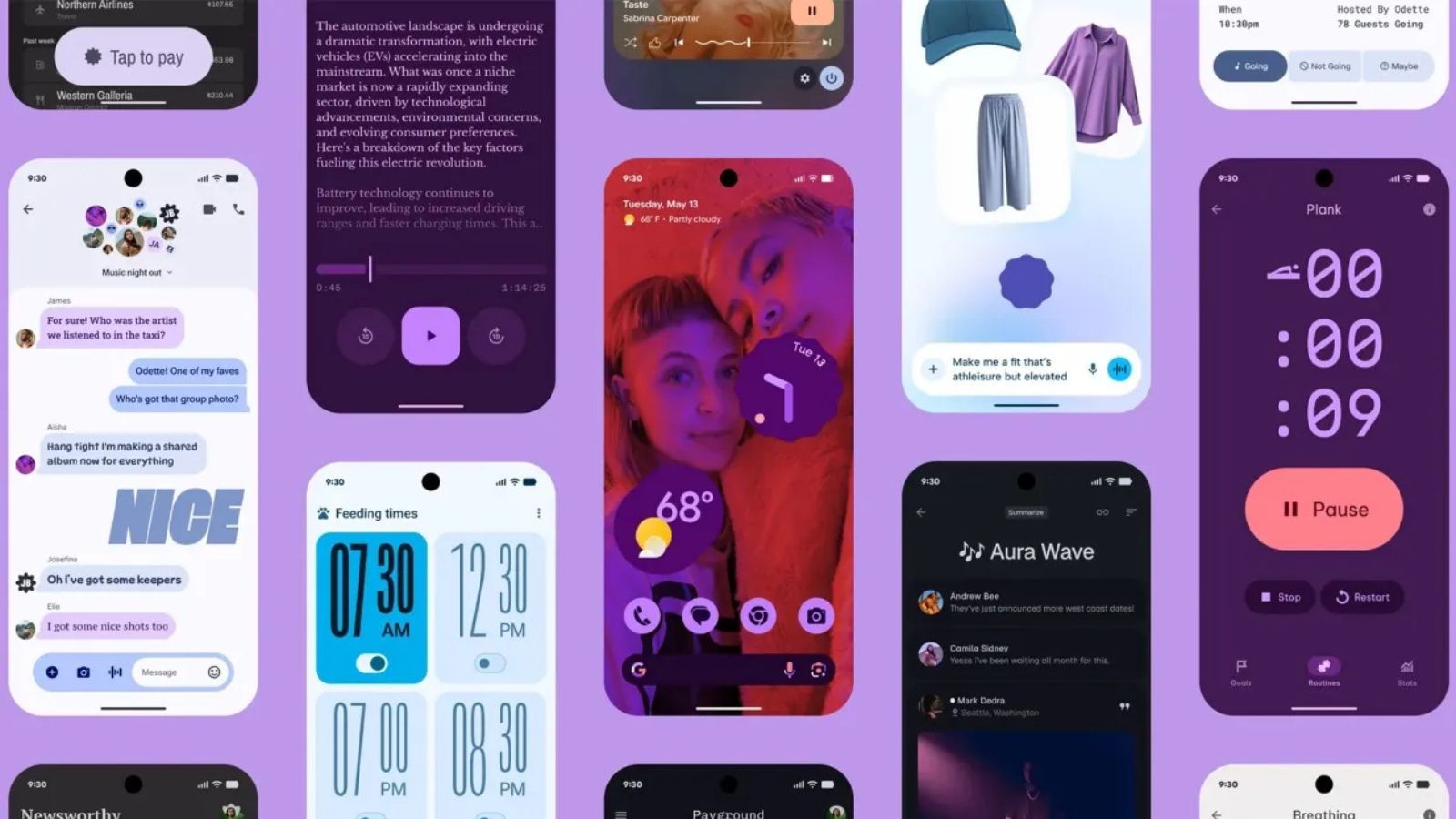
Besides, Android 16 also brings Live updates, similar to Live Activities on iOS. Apps can leverage the Live Updates API to serve users persistent notifications that display the time remaining until a specific event. It brings better Predictive back gestures, a search option in photo picker, and a host of Camera API improvements, including better factory reset protection and lastly, the ability to check Battery Health feature on Pixels.
And those are all the Android versions released to date. While some of them weren't received well, each version contributed immensely to shaping Android into what it is today. The next major Android version could be Android 17, which is expected to come out in June 2026. Some of the Android 17 features could include the revival of lockscreen widgets and desktop mode.
Android remains a unique operating system with features that are still not found in other operating systems, and Google continues to polish the experience release by release.


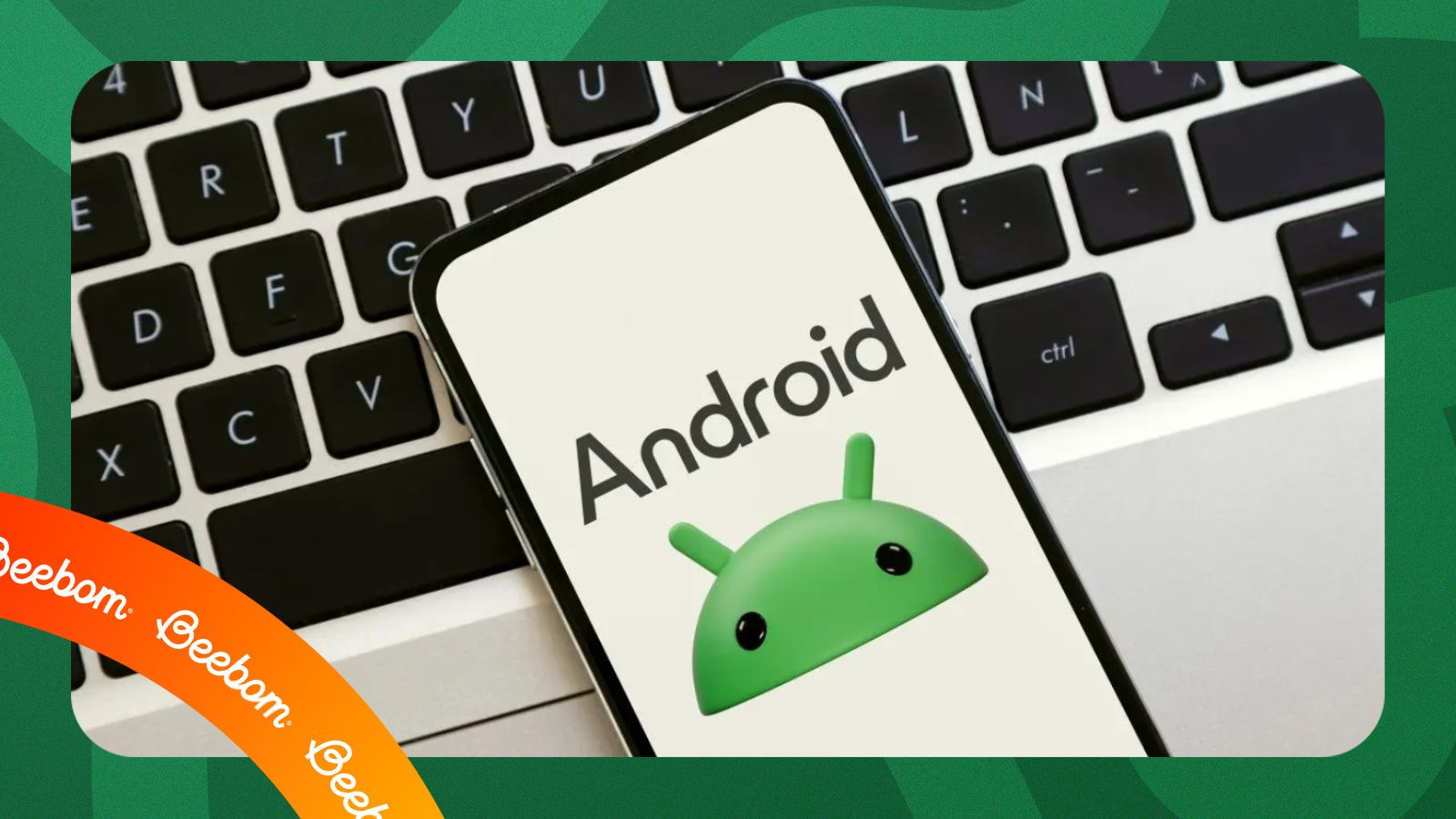
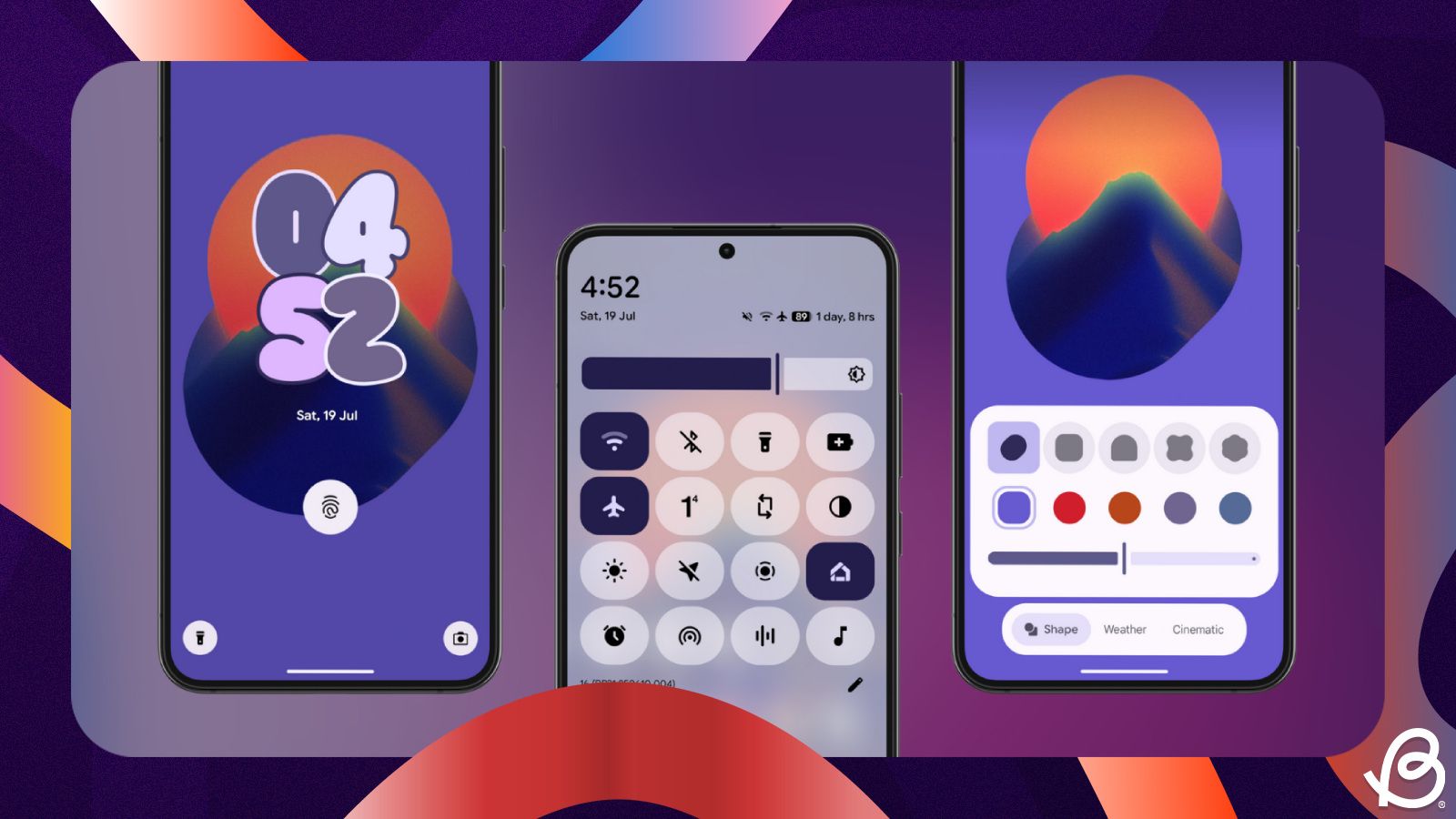
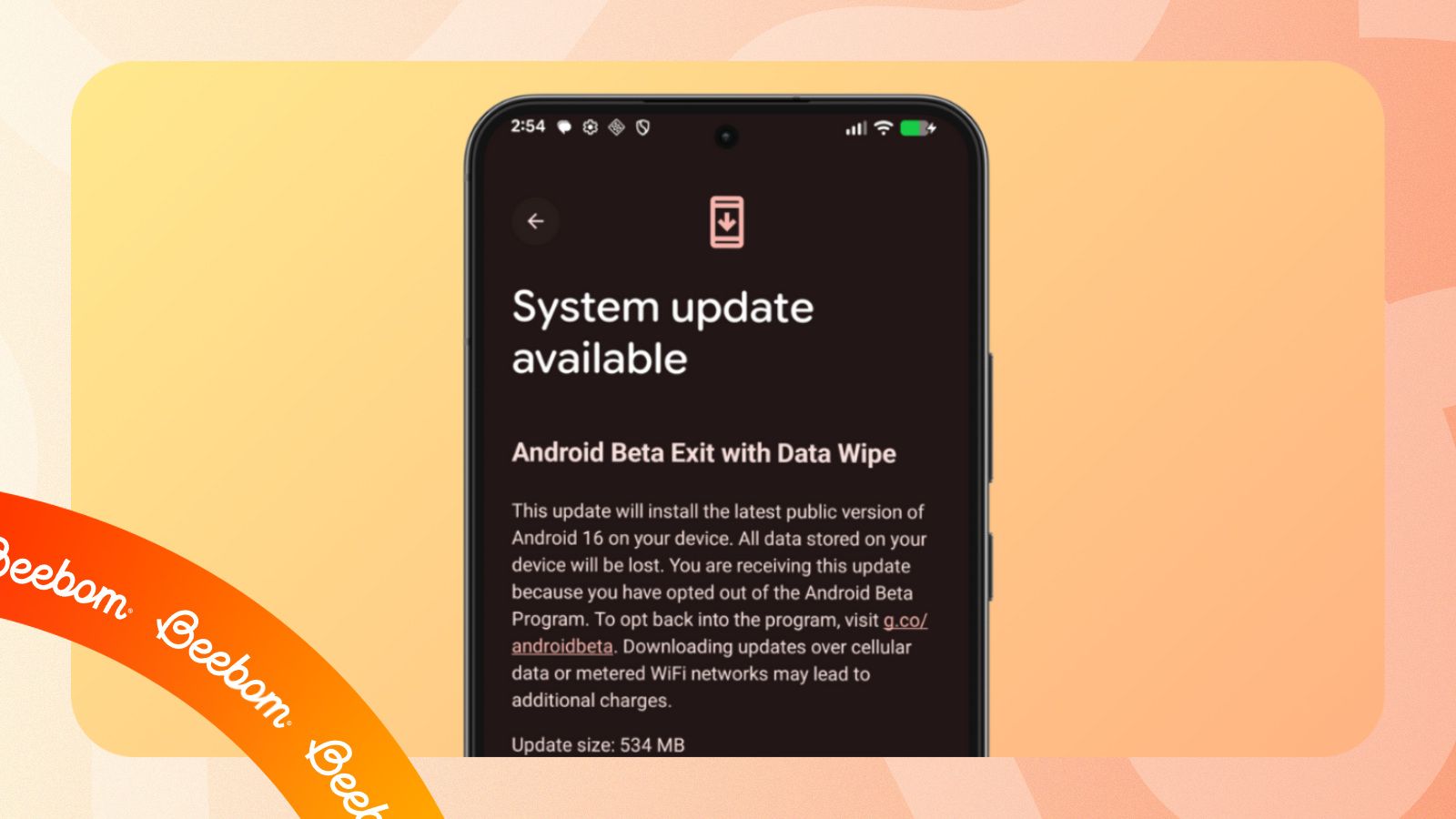
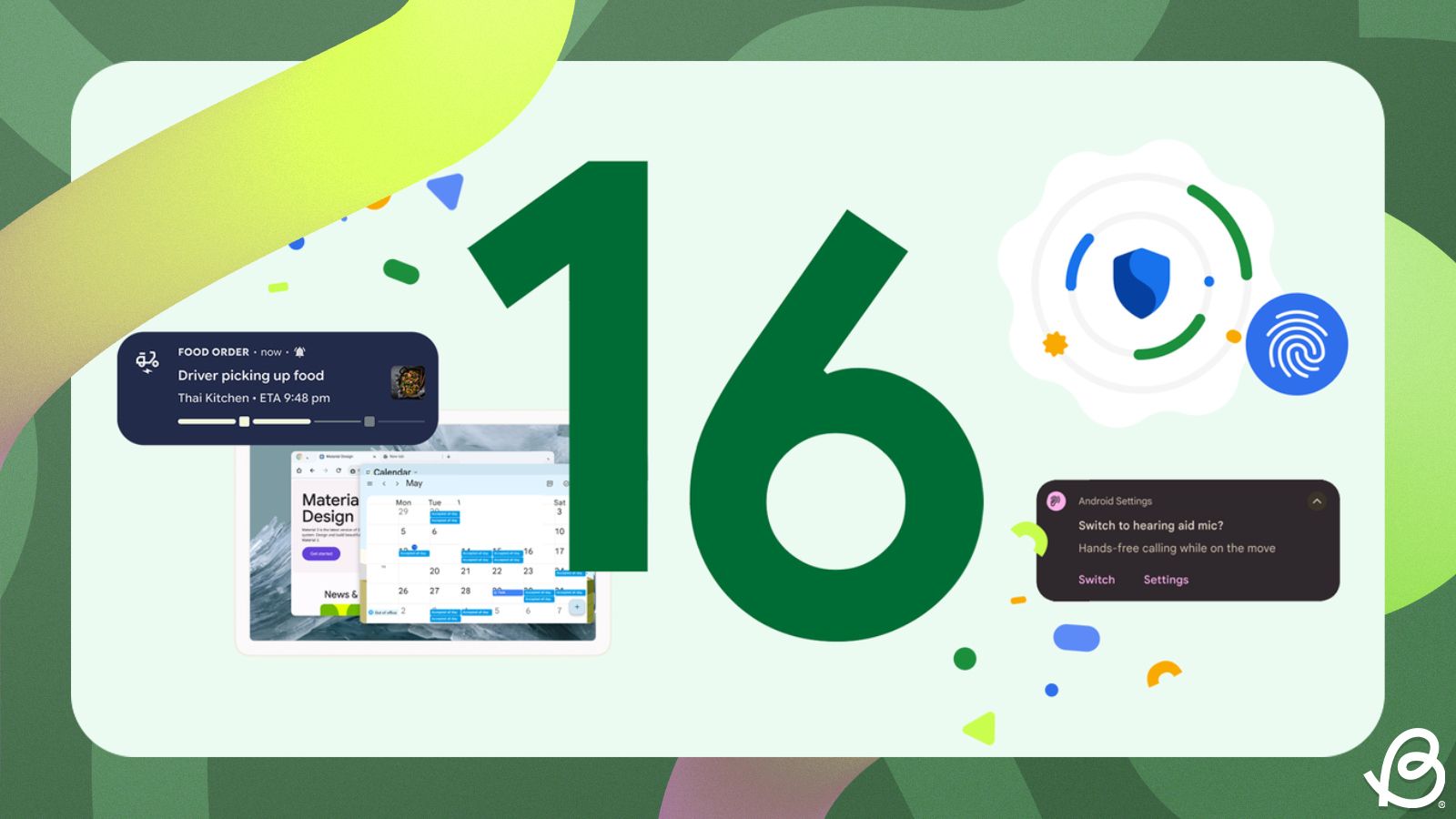
.jpg)
